The Reno series is a bit like Oppo's Swiss Army knife: neither too basic nor too luxurious. It avoids the craziness of the Find X or foldable smartphones, but retains a little something that knows how to seduce. In 2025, the Reno13 Pro takes the lead in the range with some impressive features: a larger screen, a longer-lasting battery, and a boosted processor. The problem? Its price is skyrocketing. Has Oppo finally given in to the spec race... at the expense of value for money?
As a reminder, in 2024, Oppo marked its return to France with the Reno 12 Pro, an excellent smartphone at an attractive price. But this time, the manufacturer is focusing more on its technical specifications than on its price. A justified change of strategy, or a miscalculation? We'll tell you what we think.
Price and availability
Oppo's Reno 13 range arrives with three models: the Reno 13 Pro at €799.90, the Reno13 at €599.90, and the Reno13 F at €329.90. The latter also exists in an FS version (€399.90), boosted to 12 GB of RAM and 512 GB of storage. Oppo is returning here to prices close to the Reno 8 era, far from the aggressive promotions of the Reno 12 Pro launched at €550 in 2024. The Reno 13 Pro, for its part, climbs €250 compared to its predecessor. Only one model in the catalog: 12 GB of RAM and 512 GB of storage.
Available since March 7, 2025, the Reno13 Pro is available in graphite (black) and butterfly purple (with iridescent reflections). In the box, we find the smartphone, a USB-C cable, a tool for the SIM tray and a pre-installed screen protector. No charger, but that's now the norm.
Design: always a good student
The Reno13 Pro doesn't offer anything revolutionary in terms of design, but it proves that Oppo has mastered the codes of current smartphones. With its flat edges, a slightly curved screen on the sides, and an almost square camera module, it borrows as much from Apple as from premium Android smartphones. The result? A familiar look, but executed with precision. Despite its large screen (6.7 inches), it remains easy to handle thanks to its 195g and 7.6mm thickness. The switch to an aluminum frame explains the slight extra weight compared to the Reno12 Pro, a compromise to gain in solidity.
The purple version we have is clearly the star of the range. Its textured glass back plays with the light to create a subtle, yet truly beautiful, butterfly wing effect. The iridescent reflections add character without being flashy. The slightly grainy texture on the back prevents the smartphone from slipping too much in the hand, which is very appreciable.
The camera block, housed in the glass shell, barely protrudes... but enough to prevent the phone from lying flat on a table. There's a small mirror integrated into the flash, a fun and very practical touch for selfies with the main lens. The physical buttons (volume and power) are well placed and responsive, as is the fingerprint reader under the screen. However, we would have liked it to be placed a little higher.
With its host of certifications (IP69, IP68 and IP 66), the Reno 13 Pro surprises. Not only is it resistant to immersion (1.5 meters, 30 minutes), but it can also withstand high-pressure water jets or liquids at 80°C. The screen is protected by Gorilla Glass 7i, which is less resistant than the Victus of the flagships, but sufficient against everyday scratches.
The Oppo Reno 13 Pro offers a successful design, worthy of its “Pro” title. However, we would have liked to see slightly more high-end materials at this price, for example Gorilla Glass Victus.
Screen: a large, well-calibrated panel
With its 6.83-inch screen, the Reno 13 Pro focuses on immersion. A diagonal that places it just behind giants like the Galaxy S25 Ultra (6.9 inches), but sufficient to offer optimal comfort, whether for gaming or series. The reduced borders accentuate this "almost frameless" effect. In terms of definition, we are on 2800 x 1272 pixels: a notch above the classic Full HD+ (2400 x 1080), but below the QHD+ of flagships. A smart choice to balance display sharpness and battery life, especially with the option to reduce the resolution to 1080p to save battery.
Adaptive 120 Hz is here, but without LTPO. In concrete terms, the screen alternates between 60, 90, and 120 Hz depending on usage, rather than continuously adapting. A little less effective at preserving the battery, which is a shame. As for brightness, Oppo advertises 1200 nits (1600 in HDR peak), and du01lab tests confirm this: around 1070 cd/m², which rises to 1147 cd/m² in HDR. Enough for decent visibility in direct sunlight, but the smartphone is clearly not among the best in its category. HDR10+ is supported, but the lack of Dolby Vision could frustrate moviegoers.
The AMOLED panel is based on the Reno 12 Pro, but with some tweaks. The colorimetry in Pro sRGB mode displays an excellent delta E of 1.77. In default mode, the colors become slightly less accurate, with a delta E of 2.16, but which remains well below 3 (the threshold that serves as a reference).
The Reno 13 Pro's screen plays the versatility card: generous size, fluidity and honest brightness, all protected by reinforced glass. It doesn't rival premium panels, but it ticks the essential boxes for demanding everyday use.
Performance: Mid-range at a high price
Under the hood of the Reno 13 Pro is the Mediatek Dimensity 8350, a mid-range chip that significantly outperforms its predecessor. Benchmarks confirm this: with a multi-core Geekbench score of 4,187 points, it nearly doubles the performance of the previous model's Dimensity 7300 Energy. Enough to handle gaming, photo editing, or intensive multitasking without faltering. But don't expect miracles: it doesn't match the performance of the best smartphones on the market.
In video games like Warzone or Wild Rift, the Reno 13 Pro holds its own. Animations remain fluid, but don't consider pushing the graphics to the maximum, or you risk seeing the frames per second drop. The 12GB RAM and 512GB storage combo prevents slowdowns... as long as you don't push the machine too hard. During long gaming sessions, the smartphone tends to heat up a bit, reaching around 40 degrees. The smartphone isn't the most stable either, with only 61% on 3DMark. Not ideal for marathon sessions, but acceptable for occasional use.
For everyday use, the Reno 13 Pro is solid. Memory management is efficient, and virtual memory could theoretically boost multitasking even further. But where it falls short is in demanding tasks. The Dimensity 8350, while competent, lacks the punch of premium chips. This is a choice made by Oppo, which prioritizes the balance between responsiveness and battery life. With this chip, there's still no Wi-Fi 7 or Bluetooth 6.0; the smartphone has to make do with Wi-Fi 6e and the Bluetooth 5.4 standard.
The Reno 13 Pro clearly ticks the boxes of a good mid-range product: responsive in everyday use, capable of light gaming, and equipped with generous storage. But don't expect the impossible from it, as it will struggle with the most demanding tasks. In short, a versatile companion, but clearly not a racing beast.
Battery and charging: excellent battery life
With its 5800 mAh battery, the Reno13 Pro clearly aims for endurance. In typical use (social media, video calls, YouTube). With our test protocol, the 01Lab measured a battery life of 20 hours and 24 minutes, which is excellent. Players will have to deal with around 5 to 6 hours of gameplay depending on the title: acceptable, nothing more.
The Reno 13 Pro is entitled to 80W fast charging, but only available with the proprietary SuperVOOC charger. It took us 56 minutes to fully charge it, and the smartphone reached 26% in 10 minutes. Be careful, with a third-party charger, the maximum charge is 33W. On the wireless side, the 50W is a nice surprise for a mid-range phone, even if the camera module prevents the phone from lying perfectly flat on some chargers. An annoying detail, but not a deal-breaker.
The Reno 13 Pro excels in charging and holds up very well in terms of autonomy. The 50W wireless is an unexpected bonus.
Software: Bloatware… too bad
The Reno 13 Pro gets Android 15 and ColorOS 15. Good news: Oppo is committing to five years of software updates and six years of security patches. Solid, especially for a mid-range device. We're not yet at the level of the Pixel and their 7 years of updates, but other manufacturers are doing better and better to move in the same direction.
But when you turn it on, the picture is less glamorous: useless games, third-party applications and home-made tools pile up on the screen Home screen. It's a shame to turn on a smartphone for the first time and have to clean up the mess to find a clean interface. It's a far cry from the promised premium experience, especially at 800 euros.
ColorOS 15 is banking on AI, with a host of features. AI Studio, for example, transforms your photos into Van Gogh-style works of art, cartoons, or animated GIFs. The "gem" system, free credits renewed daily, allows for almost unlimited fun. Another essential tool: smart photo editing, capable of replacing a face with closed eyes with a waking version, or erasing reflections and blurs. It's practical, even if some tools, like real-time voice translation, only work in English or Chinese.
The OS remains generally ergonomic, with its app drawer, side shortcuts, and customizable widgets. Fans of Apple's Dynamic Island will even find "Live Alerts" to follow Uber or Spotify. But ColorOS suffers from its ads: unsolicited app recommendations, pop-up ads in the app store, data sharing enabled by default... An ecosystem that's a bit too invasive.
The Reno 13 Pro's software highlights creative AI tools that surprise and its reassuring longevity... but suffers from bloatware and ads. Oppo could have aimed for a more sober "Pro" model. Result: a powerful OS, but one that requires you to ignore a lot of things.
Photo and video: a telephoto lens that recedes at night
The Reno 13 Pro relies on a trio of cameras: a 50-megapixel wide-angle (stabilized), an 8-megapixel ultra-wide-angle, and a 50-megapixel telephoto lens with 3.5x optical zoom (also stabilized). The selfie camera goes up to 50 megapixels. No dedicated macro sensor, Oppo allows macro mode via ultra-wide angle.
Wide angle
During the day, sharpness is there, even against backlighting. Colors are vivid without being garish, and dynamic range preserves details in the shadows. The autofocus, a little slow, handles moving subjects correctly.
Night mode is automatically activated in low-light conditions. The main sensor copes well thanks to its generous aperture (f/1.8). Dark areas remain clean, with little noise.
Ultra wide-angle
With the ultra wide-angle, landscapes gain in amplitude, but lose sharpness at the edges. Correct for social networks, less so for prints.
At night, the result is correct when the scene is well lit. Otherwise, the edges become blurred and noise appears. Reserve for emergencies.
Telephoto
The 3.5x telephoto lens is the real star of this photo setup. In daylight, it brings distant subjects closer with premium-quality sharpness.
At night, it holds up to 7x thanks to the stabilizer, but beyond that, it's best to avoid complex scenes. When trying to photograph fairly bright lights, the result is often very blurry. The 120x digital? A gadget to impress your friends, nothing more.
Portrait and selfie
For portraits, the bokeh is natural and the clipping is precise (even the flyaways), but the AI sometimes overdoes the lighting, giving a strange complexion in the middle of the afternoon.
Selfies with the front camera are sharp, but Portrait mode tends to distort the colors, so it's best to stick to Classic mode.
Video
For video, 4K/60 fps shines in natural light, but forget about sudden movements: stabilization is only available in 1080p. At night, the colors turn icy, and the telephoto lens adds artifacts like it's raining. The ultra-wide angle, on the other hand, is clearly the sensor offering the darkest rendering.
The Reno 13 Pro is a top performer thanks to its optical zoom and photo versatility. By day, it's a hit almost everywhere. By night, it holds up... except for video. It's a shame that the AI sometimes goes too far with the editing, as some shots lose their naturalness.

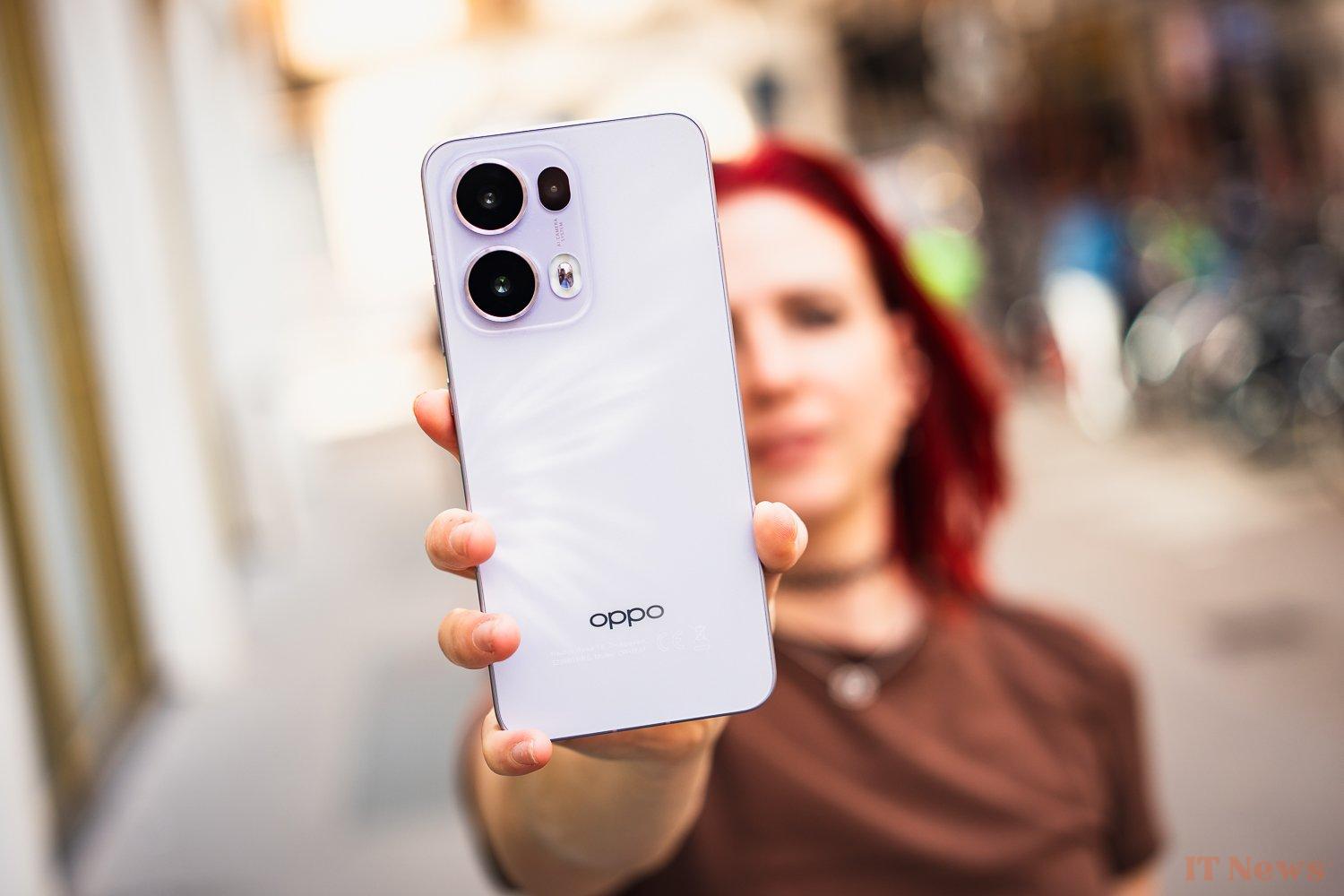
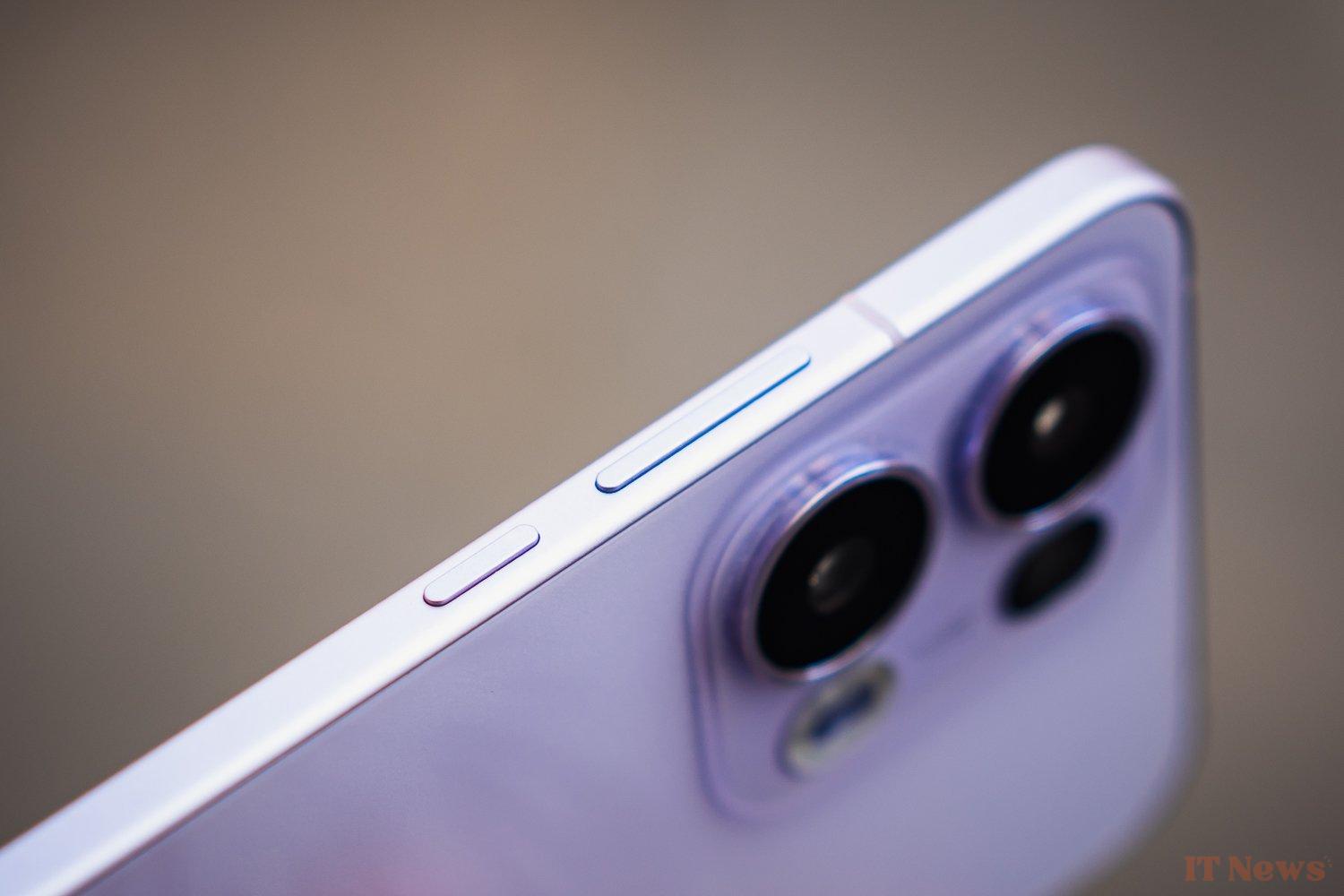


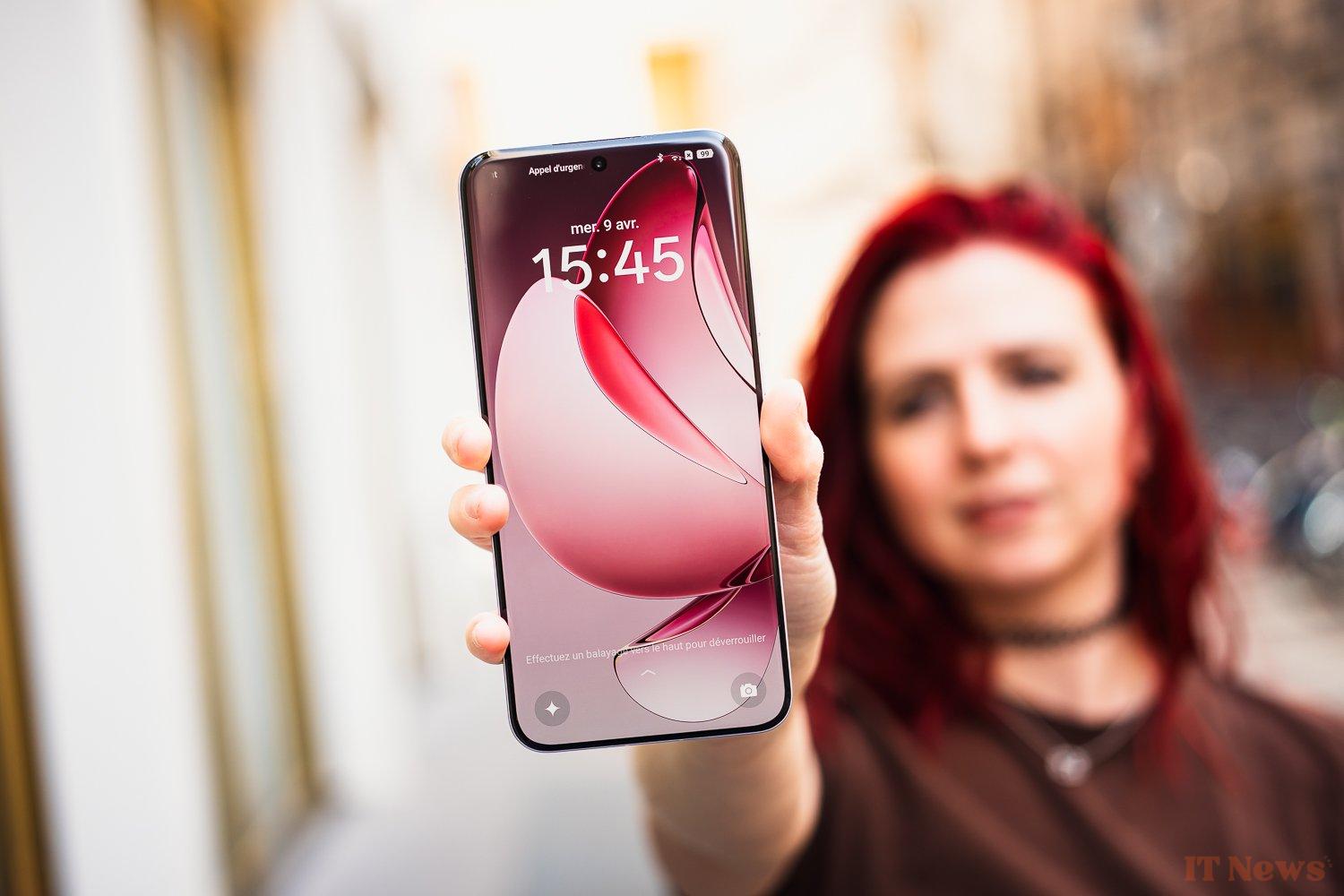
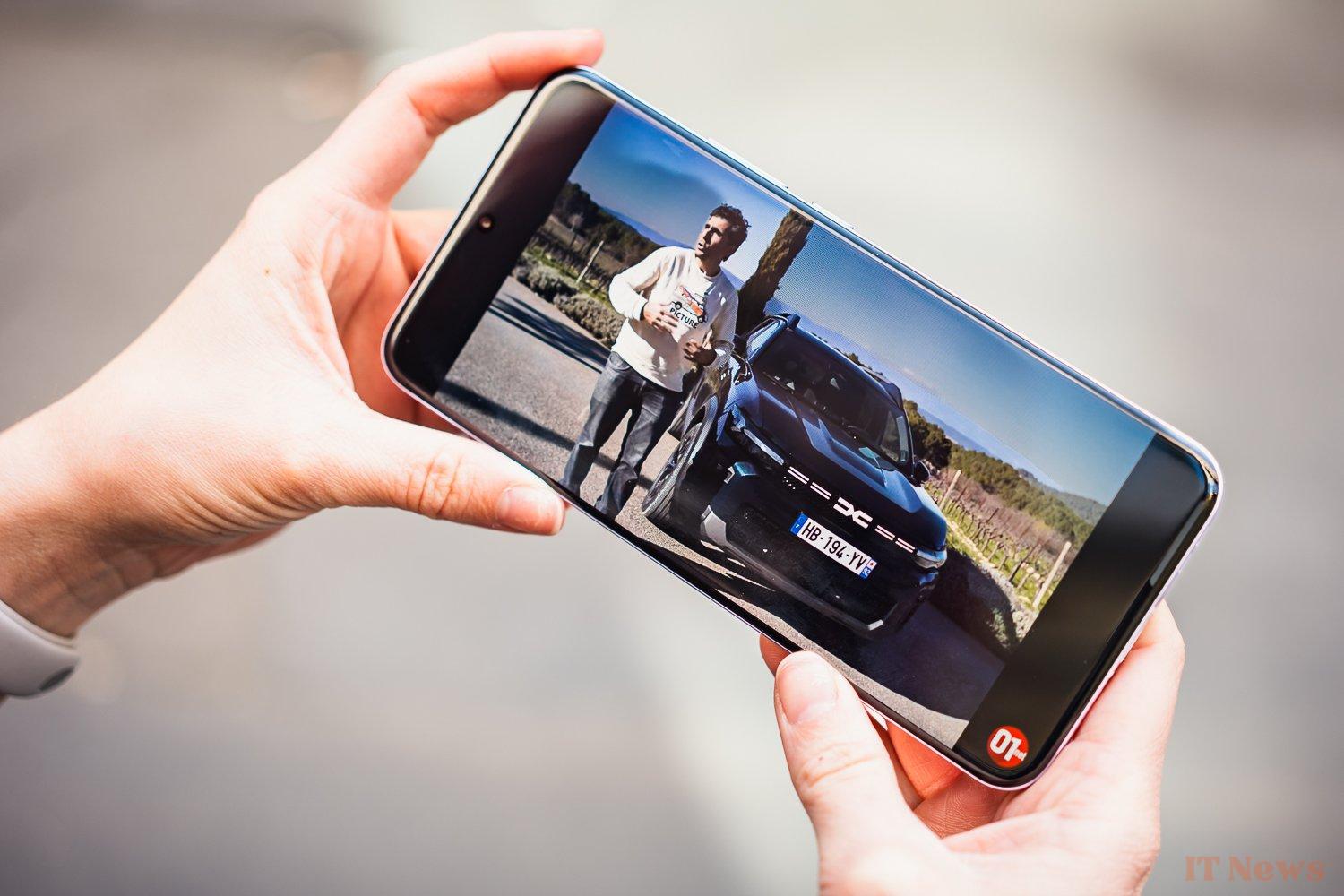
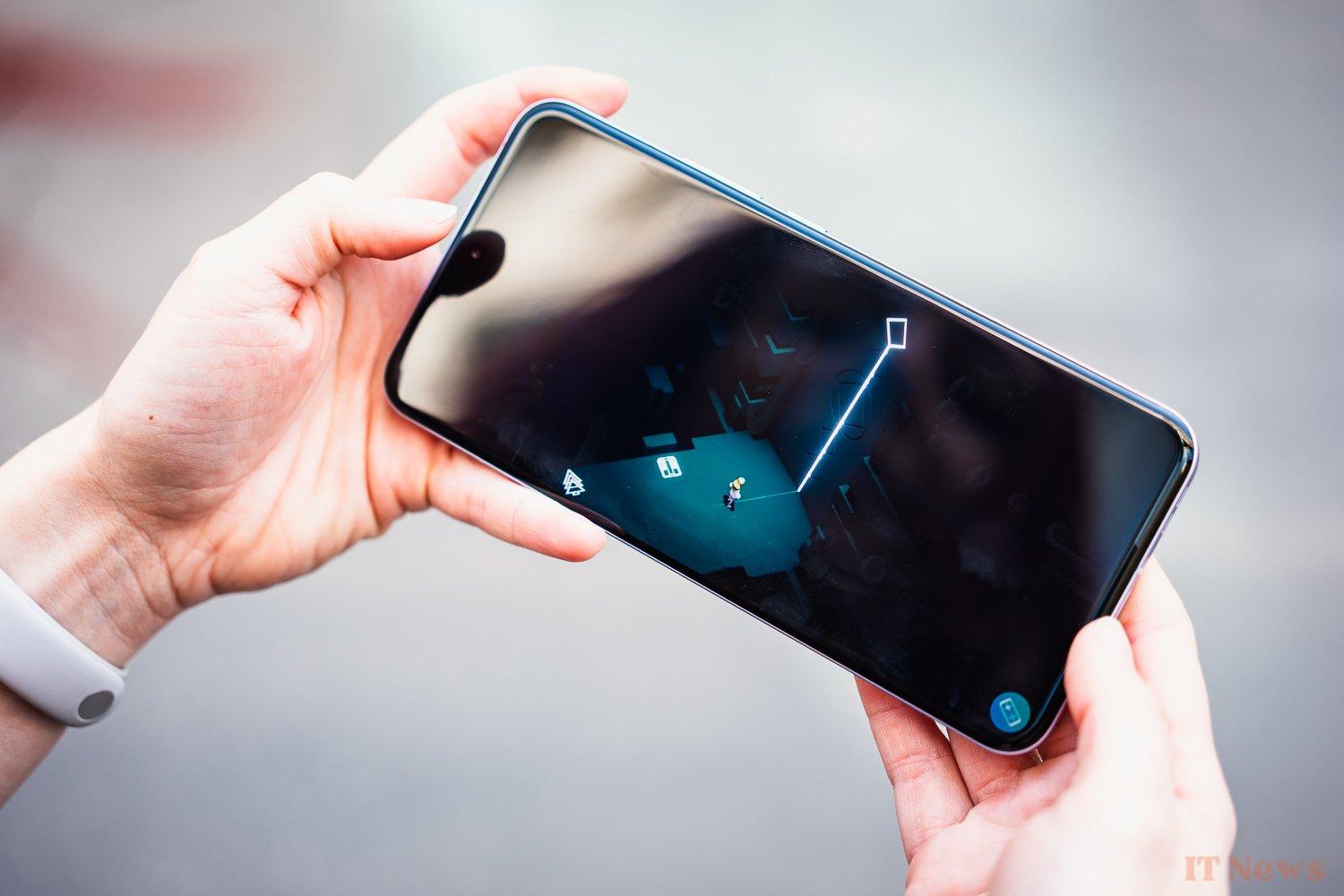

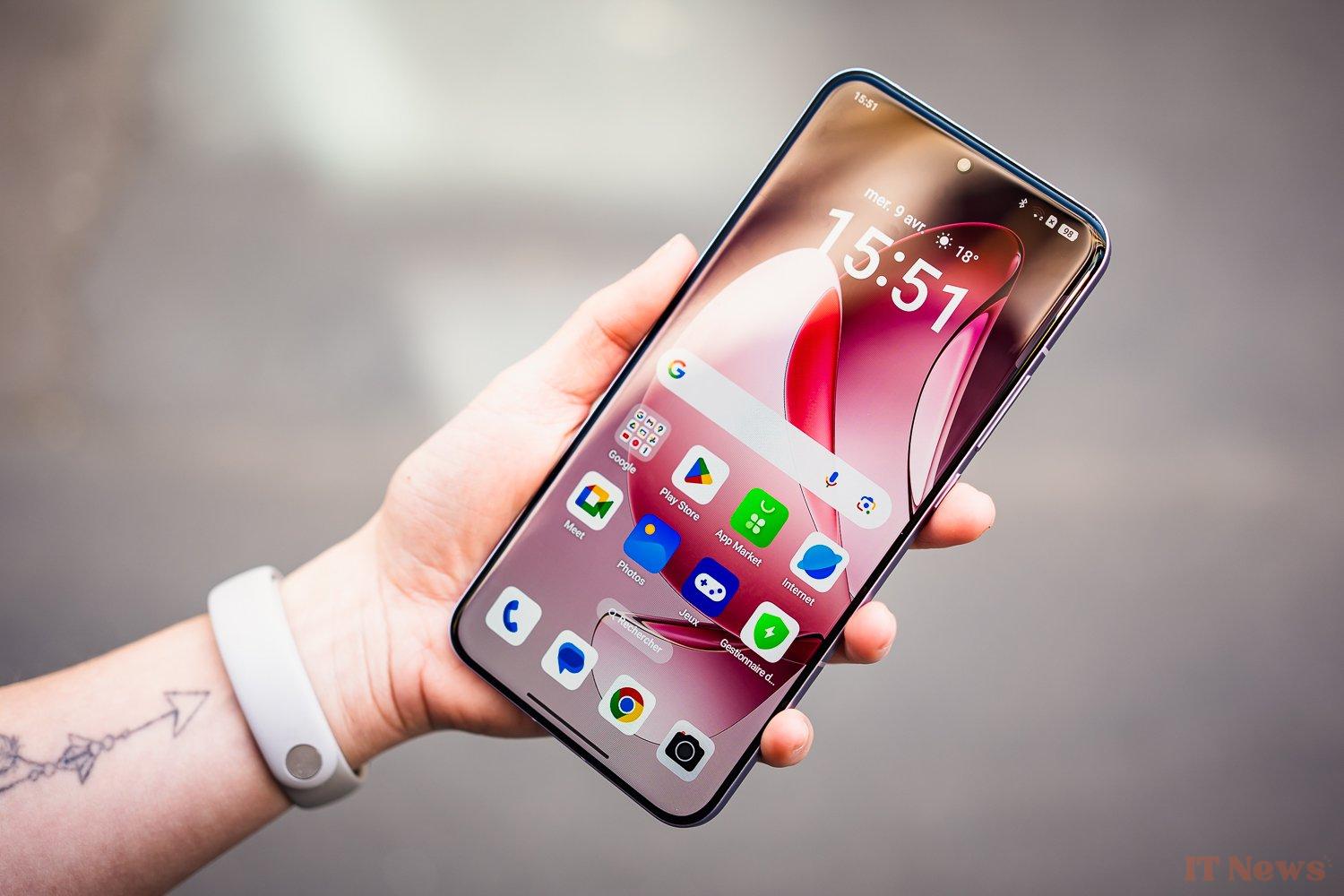






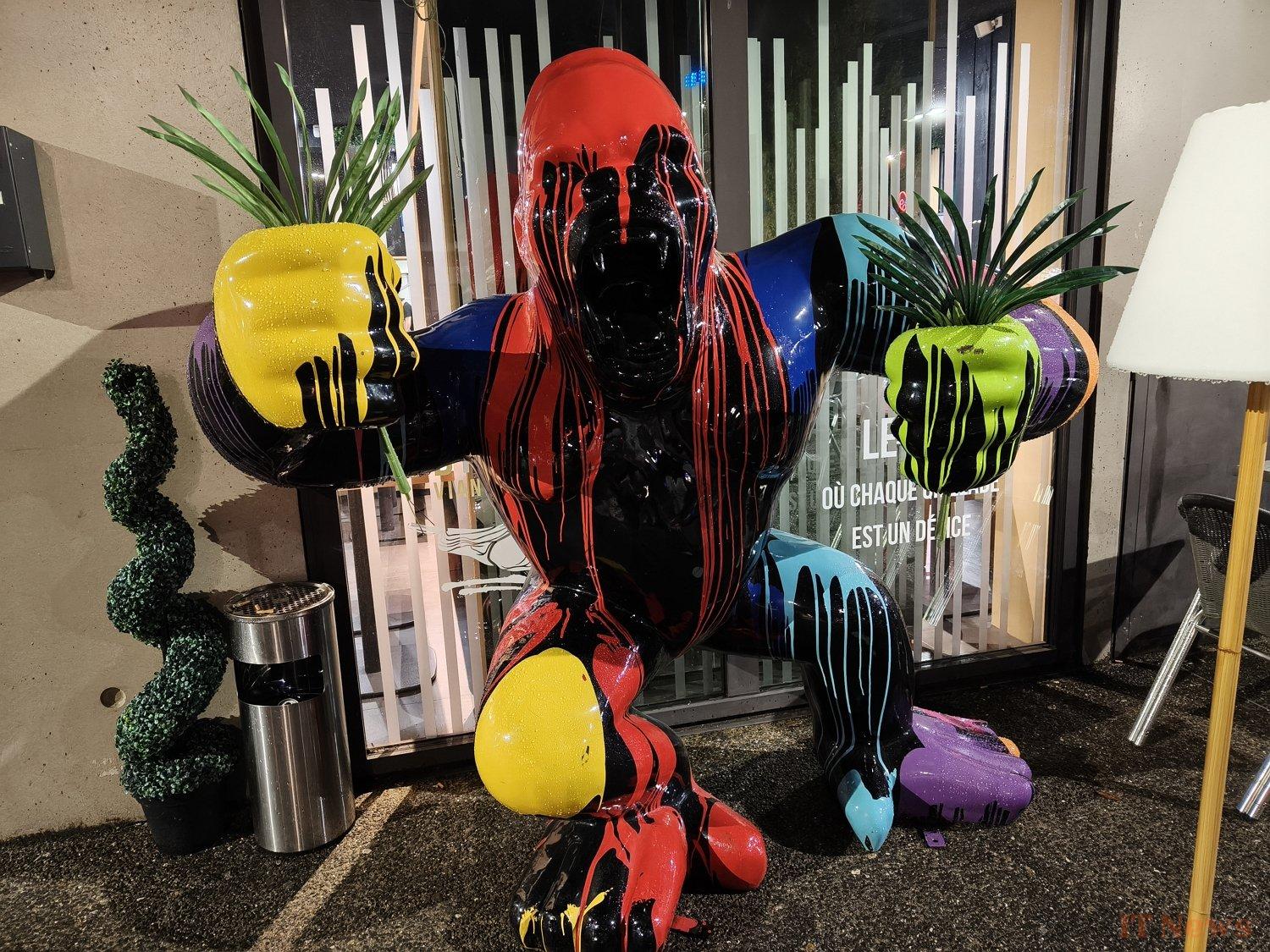



















0 Comments